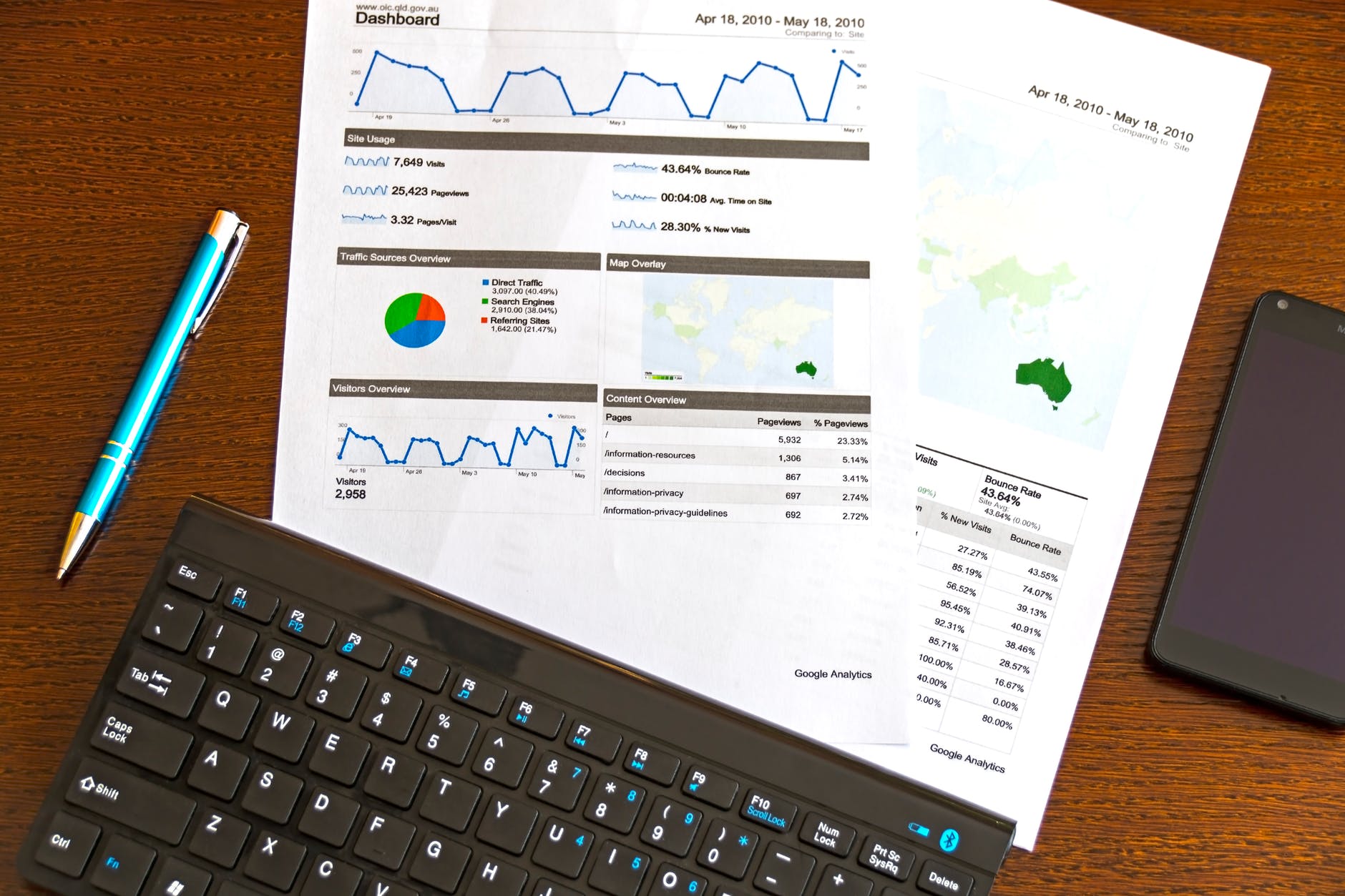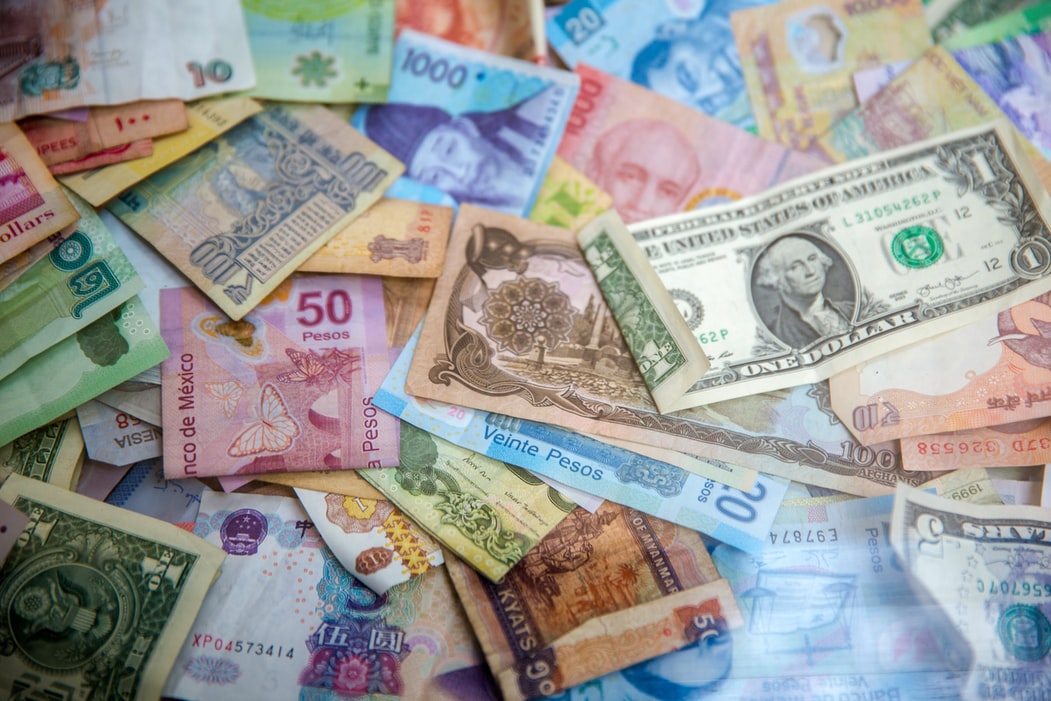The ability to predict how the market will pan out is a valuable asset for any trader to have. Ralph Nelson Elliott developed the Elliott Wave theory to allow traders to anticipate market behavior.
While it is not inherently possible to know what will happen tomorrow, having the right information is usually the first step to understanding the market. It, therefore, allows you to develop some possible outcomes.
Where Did The Theory Originate?
Stock trading in the past was significantly more complicated than it is today. Back then, there weren’t any computers to assist in analysis. Moreover, a large number of traders misunderstood the market.
At the time, the general idea of a cyclical market was absent. Furthermore, people couldn’t connect how the general psychology of the population affected the markets. As such, traders thought the market to be chaotic and unpredictable.
It was a difficult time to trade and harder to make money off the markets. Nevertheless, R.N. Elliott’s work throughout the 1920s helped with this.
· Founder – R.N. Elliott

R.N. Elliott was an American author, and his financial experience enabled him to develop the Wave Principle. His study of stock market behavior was based on seventy-five years’ worth of market data in 1930 culminating in his third book, The Wave Principle.
Elliott’s work, however, was not focused solely on financial markets. Further on in the 1940s, R.N. Elliott applied his Wave theory onto human behavior. Two years before his death, Elliott published his final book, Nature’s Law – The Secret of the Universe.
Today, seasoned traders know all too well how vital the Elliott wave theory is when it comes to making market predictions. As such, a lot of traders subscribe to the principle while other analysts even base their prediction methods on the Elliott Wave theory.
· Purpose
In a broad sense, R.N. Elliott founded his theory to help traders make sense of the chaos that was prevalent in the market at the time. An unpredictable market is not only challenging to trade; it is also risky and you can burn your account quite easily.
Traders often need to know, or at least have a bearing on future market movement. Trading without market insight is akin to gambling, and the chances of you gaining and losing money are largely the same.
Therefore, the Elliott Wave theory helps level the playing field further increasing the chances of you making a profit from a trade. Information is a critical aspect of trading and could make or break any trading move.
So knowing when the market is expected to rise or fall should guide you as to whether you can trade or not.
Aspects of The Elliott Wave Theory
The Wave theory is a powerful tool which traders use to make headway in the trading world. However, this principle is based on several aspects which you need to understand to use it while trading.
1. Mass psychology

Mass psychology, as envisioned by R.N. Elliott, is what drives the market. People buy and sell assets or stocks on the market. Typically, one person cannot influence the direction of any market. However, if multitudes of them hold a similar opinion concerning the market, then they would be able to hold sway in any market.
Mass psychology is drawn from what the population thinks of the prevailing market. This force is, however, controlled by external factors in the market that are out of their control. In a broad sense, market psychology usually means going with the flow – you don’t necessarily need to be right, but rather be among the ‘right group’.
Financial markets are heavily influenced by mass psychology. This influence is evidenced by how price movements sharply move following global events.
On the other hand, mass psychology also points to a trend in the market. Favorable prices often attract a lot of buyers who seemingly think alike. Common trading strategies such as adhering to support and resistance zones indicate the ‘herd mentality’ at work since a lot of traders in the market are reacting to the current price action.
While mass psychology seems to be a valid form of market behavior, human beings are known to be irrational. Market bubbles are hardly uncommon in any market and usually result from irrational behavior among investors. In the end, the bubble bursts and a lot of market participants losing their investments.
Market bubbles have occurred throughout history, some as far back as the 1600s. This further points out how irrational humans have been since trading began. A more recent example is the housing market crisis of 2007.
2. Fractals

While analyzing market data, R.N. Elliott found out that the market behaves cyclically. On a trading chart, this cyclic nature is shown by repetitive tops and bottoms along the price curve which in the Wave theory, are fractals.
Fractals are always in repetition and Elliott found out that it was possible to predict future market behavior based on these waves.
Fractals often take forms which can be sub-divided into smaller, yet identical fractals. Fractals, surprisingly, are not reserved for trading. They actually occur in nature as well constantly repeating in different scales, for example, a snowflake and a nautilus shell.
Therefore, just like natural fractals, Elliot waves can also be subdivided further into smaller waves as we shall see below.
3. Impulse waves
The Elliott Wave theory indicates that price action takes place in a series of waves. An impulse wave generally follows an uptrend.
Usually, impulse waves are smaller iterations of the more significant wave. These exhibit a 5-wave pattern which follows the general uptrend.
As it rises, the wave reaches higher prices over time, mainly because price increases are more substantial than decreases.
4. Corrective waves
The opposite of an impulse wave is a corrective one. These trends downward and usually occur within the prevailing market trend. After an impulse wave rises, a corrective wave follows.
Corrective waves are much smaller than impulse waves and usually constitute a 3-wave pattern. The corrective waves often allow traders to enter the market since they signal a fall in the price of an asset.
Elliott Wave Pattern General Outlook
Now that you know the different aspects that are part of Elliott waves, it is time to see what they actually look like.

As seen earlier, the Elliot wave is composed of both impulse and corrective waves. These sub-waves are all part of the general pattern and are generally indicated on the wave.
Any market experiencing a trend will have an Elliott wave moving in a 5-3 pattern – this is derived from both impulse and corrective waves.
The first 5-wave pattern seen is the impulse wave. These waves are typically numbered 1,3 and 5 and Wave 3 is often the most extensive.
Following each impulse wave is a corrective one. Corrective waves, on the other hand, stick to a 3-wave pattern. Contrary to impulse waves, corrective waves are designated alphabetic letters A, B and C used to track their movement.
Fundamentals surrounding the Elliott wave pattern
Here are a couple of things to keep in mind regarding Elliott waves:
- Wave 4 never enters the price territory occupied by Wave 1
- Wave 3 is never the shortest impulse wave
- Wave 2 can ever exceed the starting point of Wave 1
Applying The Elliott Wave Theory While Trading Forex
If you are in the FX market, Elliot waves are a valuable resource used to provide you with a general idea of what the future will look like.
Traders, therefore, need to identify these waves on a trading chart. Afterwards, you should label the waves to find out whether they conform to the general Elliot wave pattern.
Knowing which particular wave is underway in the market as well as those that have gone by is essential to your trading forecast. Here are some approaches you can use hen setting your market entry, stop-loss and market exits.
· Approach 1
If you are set to commence your wave count, watch for the price that has bottomed and is gearing to rise. Label this as Wave 1 and the subsequent retracement as wave 2.
Once you have those two waves categorized, revisit the fundamentals of Elliot Waves discussed above. Check that Wave 2 never exceeds the starting point of Wave 1.
This rule is quite essential when trading using Elliot Waves as you could also use it to identify the stop-loss level. Ideally, you would want to place it just below the lowest point from which Wave 1 began its upward trajectory. As such, once the price makes a 100% retracement, then your wave count is flawed.
Additionally, you will need to use a Fibonacci tool as Wave 2 and Wave 4 often bounce of Fibonacci retracement levels.
The Fibonacci tool should tell you whether the wave will emerge to form Wave 3 or not and therefore inform your decision to enter the market.
· Approach 2
The second approach considers corrective waves, whereby you will begin your wave count once you have spotted a downtrend.
You should know whether a new impulse wave is about to begin from the structure of corrective wave patterns. If they are set side-by-side and measure up equally to one another, then a flat formation is in the offing, and a new impulse wave is around the corner.
Does The Elliott Wave Theory Really Work?

When trading, there is no surefire method employed that guarantees success 100% of the time. As stated earlier, humans are an irrational bunch and because of their emotions, it is difficult to predict what will happen in the market.
For that reason, the Elliott Wave Theory should not be used as a sole trading tool. While R.N. Elliott was right to point out the cyclical nature of the market, as well as tying the same to mass psychology at the time, you will still need to combine this theory with additional indicators to guarantee your success.
So, does the theory hold any water? In a broad sense, it works because you will have a clear picture of how the market behaved previously. This should give you a pretty good idea of where it is headed.
However, because market trends exhibit a fractal nature doesn’t necessarily mean that the pattern will hold out in the future. Trees and other natural organisms are widely regarded as fractals but you cannot entirely know their growth trajectory.
The same applies to the market. You will only be sure of a pattern once it is complete. But while trading, waiting for the pattern to pan out means wasting precious time during which you would have capitalized by buying a lower-value asset to sell as the price goes up.
Traders, therefore, employ a host of other indicators to counter this shortcoming. The Elliott wave pairs up perfectly with RSI and MACD indicators. You can use these combinations to spot entry and exit points.
The Takeaway
Despite its simplistic appearance, the Elliott wave theory, like other technical analysis tools, is quite complicated. However, there are some tips that you can incorporate into your trading strategy which will guarantee you a degree of success while trading.
R.N. Elliott advanced the notion of how markets repeatedly cycle over time. In a broad sense, information on previous market behavior allows traders to get a general idea of what to expect in the future.
Moreover, market oscillations are often divided into two parts – impulse and corrective waves. As you trade, remember that impulse waves routinely move far more significantly than corrective waves. So if you want to make significant gains, then following the direction of impulse waves is an excellent place to start.
On the other hand, watch out for corrective waves if you want to enter the market. Also, impulse and corrective waves signal the strength of a trend and whether it will hold out or not.
Traditionally, impulse waves make the most significant moves. So when it is diminished, in relation to corrective waves, know that the trend is about to reverse. However, a downtrend often leads to an uptrend that is a similar magnitude. Therefore, you would want to hold out a little longer to enter the market on the next corrective wave.












































